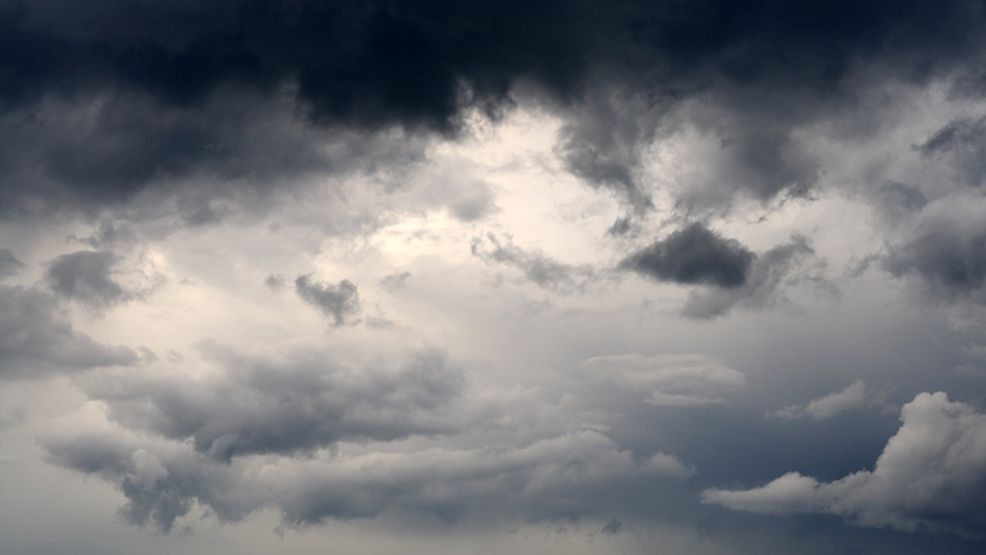Navigating the Storm of Misinformation: Relying on Credible Sources for Hurricane Updates
Hurricane season is upon us once again, bringing with it the crucial need for accurate and timely weather information. While social media platforms have become valuable tools for disseminating real-time updates, they also present a breeding ground for misinformation, recycled videos, and AI-generated content designed to generate clicks rather than provide reliable forecasts. As hurricanes threaten coastlines and communities brace for impact, discerning credible information from sensationalized or outright fabricated content becomes paramount. The proliferation of unreliable weather information underscores the need for critical evaluation of sources and a reliance on established meteorological authorities.
The allure of viral fame and the competitive nature of online content creation have incentivized some individuals to prioritize sensationalism over accuracy. Dramatic headlines, manipulated images, and exaggerated predictions often gain traction on social media, captivating audiences while potentially misleading them about the true nature of the threat. These purveyors of misinformation may be weather enthusiasts, storm chasers, or simply content creators seeking to capitalize on public interest, often lacking the formal meteorological training to interpret complex weather models and data accurately. The consequences of such misinformation can range from unnecessary panic and anxiety to ill-preparedness and potentially dangerous decisions based on faulty predictions.
A recent example circulating on social media illustrates the dangers of relying on unreliable sources for hurricane information. A graphic based on a single run of the Global Forecast System (GFS) model, a sophisticated computer model used for weather forecasting, projected two major hurricanes striking Florida on a specific date. This projection, weeks in advance of the potential event, was seized upon by numerous social media users and presented as an imminent and dire threat. Subsequent model runs, however, painted a drastically different picture, with no storms projected near Florida on the date in question. This incident highlights the inherent limitations of long-range forecasts and the irresponsible use of isolated model runs to create alarm.
Weather models are powerful tools for meteorologists, but their output requires expert interpretation. A single model run represents only one possible scenario, and atmospheric conditions are constantly evolving. Sharing isolated model projections without context, especially weeks in advance, can create a false sense of certainty and fuel unnecessary anxiety. Responsible meteorologists understand the complexities of weather forecasting and avoid presenting speculative information as definitive predictions. They rely on a combination of model data, observational data, and their expertise to formulate forecasts, acknowledging the inherent uncertainties involved in predicting future weather events.
To ensure access to reliable hurricane information, it is crucial to consult trusted sources. The National Hurricane Center (NHC) is the authoritative source for hurricane forecasts and advisories. Local news stations, staffed by trained meteorologists, provide region-specific information and updates. Certified meteorologists on social media, particularly those affiliated with reputable organizations, can also offer valuable insights and analysis. These sources possess the necessary expertise, tools, and data to provide accurate and trustworthy information, unlike viral social media posts that often lack scientific rigor and prioritize engagement over accuracy.
Identifying credible sources requires critical thinking and a discerning eye. Look for sources that cite official agencies like the NHC, avoid sensationalized language and clickbait headlines, and acknowledge the uncertainties inherent in weather forecasting. Be wary of social media posts that present isolated model runs as definitive predictions or make exaggerated claims about the intensity or impact of a storm. Cross-referencing information with multiple reputable sources can help confirm the validity of a forecast and minimize the risk of being misled. By prioritizing information from trusted sources and exercising critical thinking, individuals can navigate the storm of misinformation and make informed decisions to protect themselves and their communities during hurricane season. Relying on professional meteorologists and official agencies, rather than viral social media posts, is the best way to stay safe and informed during these potentially dangerous weather events. Remember, a trending Facebook post should never cloud your judgment when it comes to your safety. Stick with the professionals and don’t encourage the spread of storm-related misinformation.


